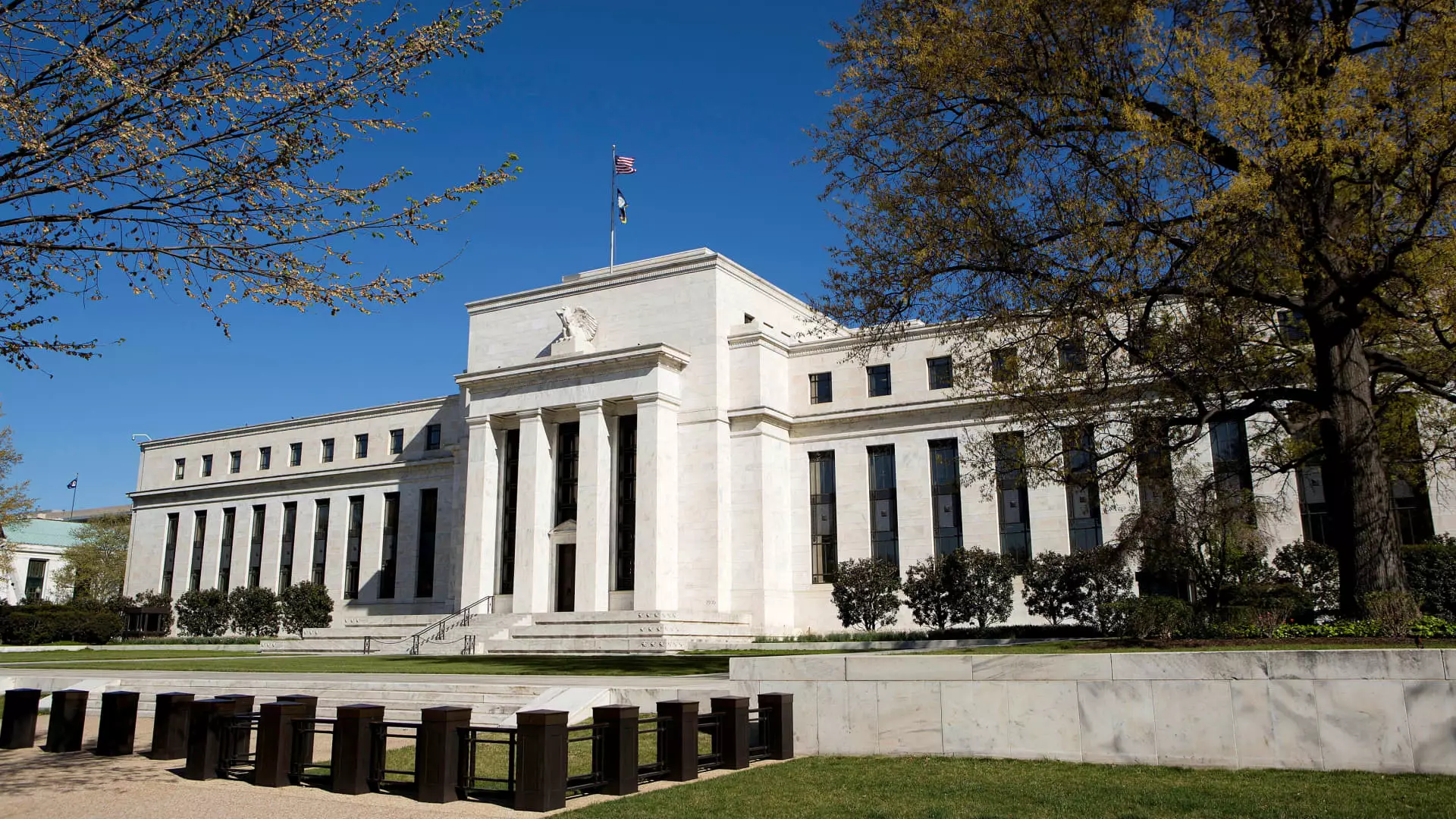In a significant move that reflects the Federal Reserve’s responsiveness to economic conditions, an announcement was made to reduce the benchmark interest rate by 25 basis points—the second in just a matter of weeks. This decisive action was influenced by a mix of economic turbulence and the recent electoral shift ushered in by President-elect Donald Trump, who is intent on steering the economy in a favorable direction for American households. The move to lower rates comes against a backdrop of rising consumer prices, elevated borrowing costs, and an anxious public still reeling from the pressures of high inflation.
Despite an atmosphere of economic uncertainty that loomed before Election Day, fresh data pointed to a decline in inflation rates, inching towards the Federal Reserve’s target of 2%. The decision to cut rates is seen not only as a tactical maneuver to alleviate the financial strain on Americans but also as an indication that recent economic indicators show potential stabilization in the market. Following a series of rate hikes that ballooned borrowing costs, this reduction aims to bring some financial respite to consumers.
The Federal funds rate sets a crucial benchmark for a series of consumer and business borrowing costs, with the aftermath of this cut expected to reverberate through the economy. Specifically, credit card interest rates, which typically follow the Fed’s adjustments, could see gradual decreases. With many Americans struggling under the weight of high variable rates, the interest on credit cards had previously soared to unprecedented levels, averaging over 20% in recent months, up from 16.34% in early 2022.
Experts caution, however, that while a reduction is encouraging, it is unlikely to translate into immediate financial relief for those buried in credit debt. Matt Schulz, a credit analyst, advises that consumers looking to mitigate their financial burdens act proactively—shopping around for better rates or negotiating with their credit issuers could yield more substantial benefits than waiting idly for rates to adjust.
Consumers eyeing auto loans also find themselves at a crossroads. Although car loan rates are fixed, higher vehicle prices combined with elevated borrowing costs have strained budgets nationwide. The average rate on a new five-year car loan now hovers around 7%, a sharp spike from rates observed in years past.
Yet, as the Fed continues to implement rate cuts, there is cautious optimism that these consumer-facing costs may decline. Enhanced competition among lenders, coupled with increased promotional incentives, is likely to offer borrowers some relief, even if only modest. Additionally, Trump’s proposed measures to make interest payments on auto loans tax deductible could reshape how Americans finance their vehicles—yet such legislative changes would require broader support and action from Congress to materialize.
In the realm of housing, however, the Fed’s actions may not lead to immediate relief. While mortgage rates often respond to Fed rate changes, they are also heavily influenced by Treasury yields and broader market conditions. Recently, a rise in Treasury yields, partly linked to Trump’s election, has kept mortgage rates stubbornly high despite the Fed’s rate cuts. As of early November, the average 30-year fixed mortgage rate stood at approximately 6.81%, with experts predicting only modest declines in the wake of recent cuts.
Student Loans and Savings: Expectation vs. Reality
For student loan borrowers, the path ahead appears more complex. With federal student loan rates fixed, many borrowers are unlikely to see immediate changes in monthly payments. However, private loans largely operate on variable rates, meaning that recent reduction in rates may slowly translate to lower monthly obligations for some individuals.
Nevertheless, financial advisors urge caution in refinancing federal loans to private options, as such actions could relinquish valuable protections that come with federal student loans, including deferment and forgiveness opportunities. A calculated approach is necessary to navigate the landscape amidst a shifting economy.
On the saving front, while deposit rates are likely to decline following cuts, many consumers have benefited from the highest yields seen in nearly two decades. As of late 2023, yields on competitive savings vehicles have increased significantly, offering much-needed returns after years of near-zero interest rates. However, as the Fed’s actions continue to influence overall economic conditions, savers should stay alert to potential declines in these yields, even as prevailing rates outpace inflation.
The Federal Reserve’s recent rate cut represents a pivotal moment in the current economic climate, offering both opportunities and challenges for consumers. As borrowing costs adjust, individuals must consider proactive financial strategies to better manage their obligations while also keeping a keen eye on broader economic indicators. Voter sentiment and legislative actions will undoubtedly play significant roles in shaping the financial landscape in the months to come, reinforcing the importance of a vigilant and informed approach to personal finance in an ever-evolving environment.

